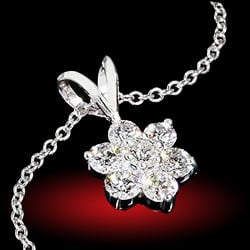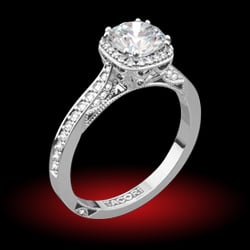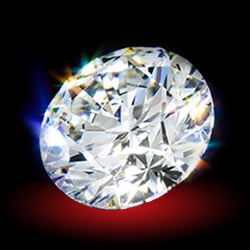PhillipSchmidt
Brilliant_Rock
- Joined
- Nov 26, 2004
- Messages
- 667
From my own experience in general, people who bought white gold rings noted they had started to discolour within a few years, sometimes after less then a year.
Of course, there is no simple answer to the question. It depends on the thickness of the plating, and the precise conditions under which it was applied. How bad the discolouration may be depends on the colour of the substrate, that is the actual metal that the ring is made from.
I am wondering if people here would like to post their experiences with w/g plating.
There have been numerous threads, but really it is such a hard question to answer with all the variables.
Perhaps people who want to answer this could also let us know what the metal plated was.
Was it: 9k, 14k, 18k and platinum, was it white gold, is there a PD stamp or was is yellowish-even yellow.
(That would cover one variable, thickness of the rhodium and the quality of the plating bath and general cleanliness are equally important)
Cheers
Of course, there is no simple answer to the question. It depends on the thickness of the plating, and the precise conditions under which it was applied. How bad the discolouration may be depends on the colour of the substrate, that is the actual metal that the ring is made from.
I am wondering if people here would like to post their experiences with w/g plating.
There have been numerous threads, but really it is such a hard question to answer with all the variables.
Perhaps people who want to answer this could also let us know what the metal plated was.
Was it: 9k, 14k, 18k and platinum, was it white gold, is there a PD stamp or was is yellowish-even yellow.
(That would cover one variable, thickness of the rhodium and the quality of the plating bath and general cleanliness are equally important)
Cheers












300x240.png)